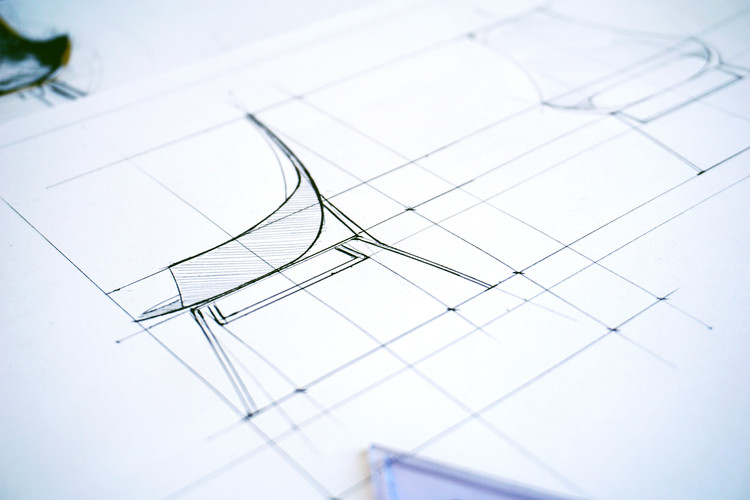
Interplay has just revealed the design for Poland’s Pavilion at the World Expo in Osaka, Kansai. Commissioned by the Polish Investment and Trading Agency, the project is responding to the theme of the upcoming Expo, “Designing Future Society for Our Lives.” The Polish Pavilion was born from the studio’s fascination with spirals, specifically the shape’s use in different scales, from “protein molecules to the structure of galaxies.” Serving as a symbol of Polish ingenuity, the geometric-patterned pavilion aims to extend its influence beyond national boundaries.































